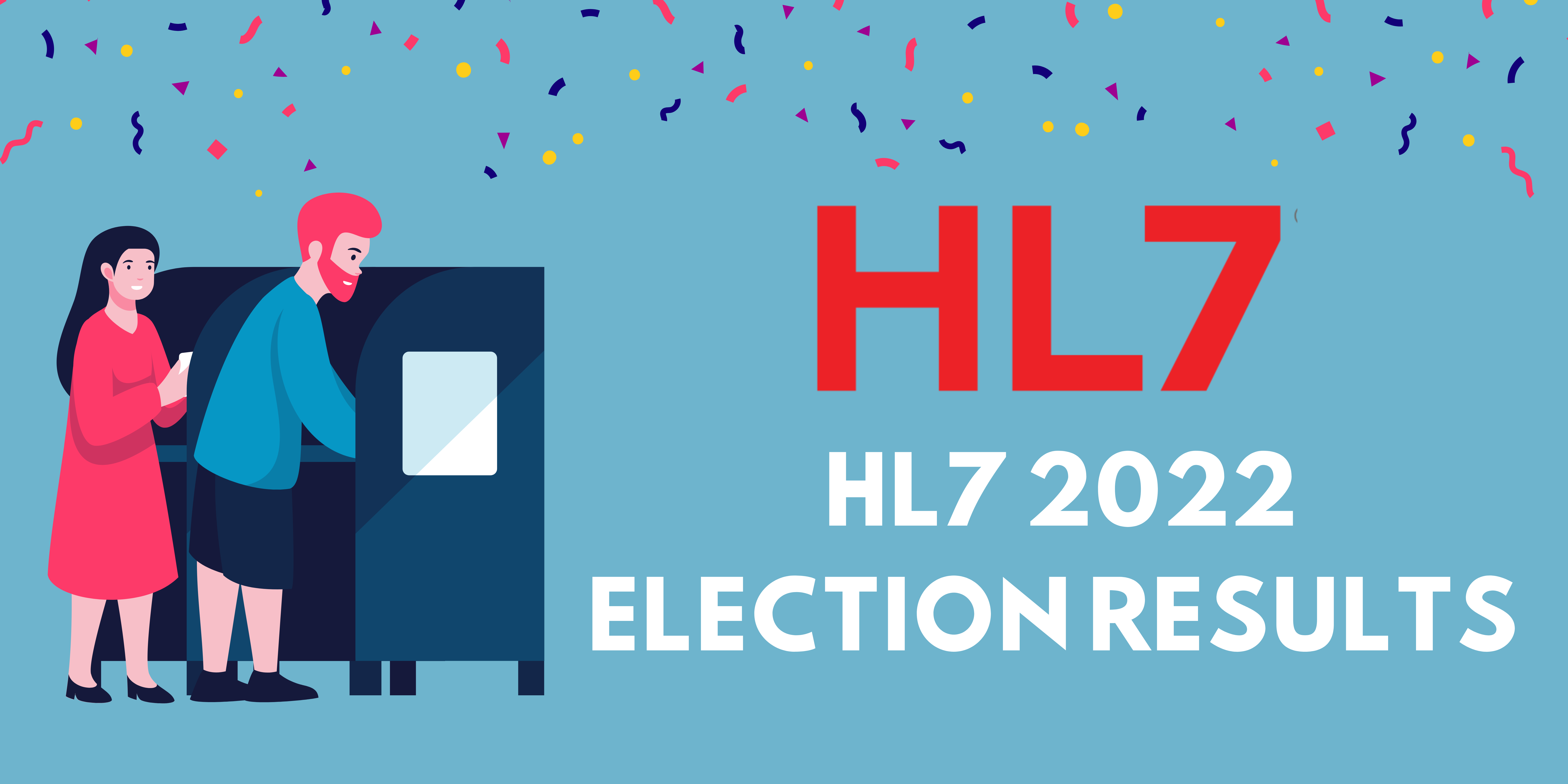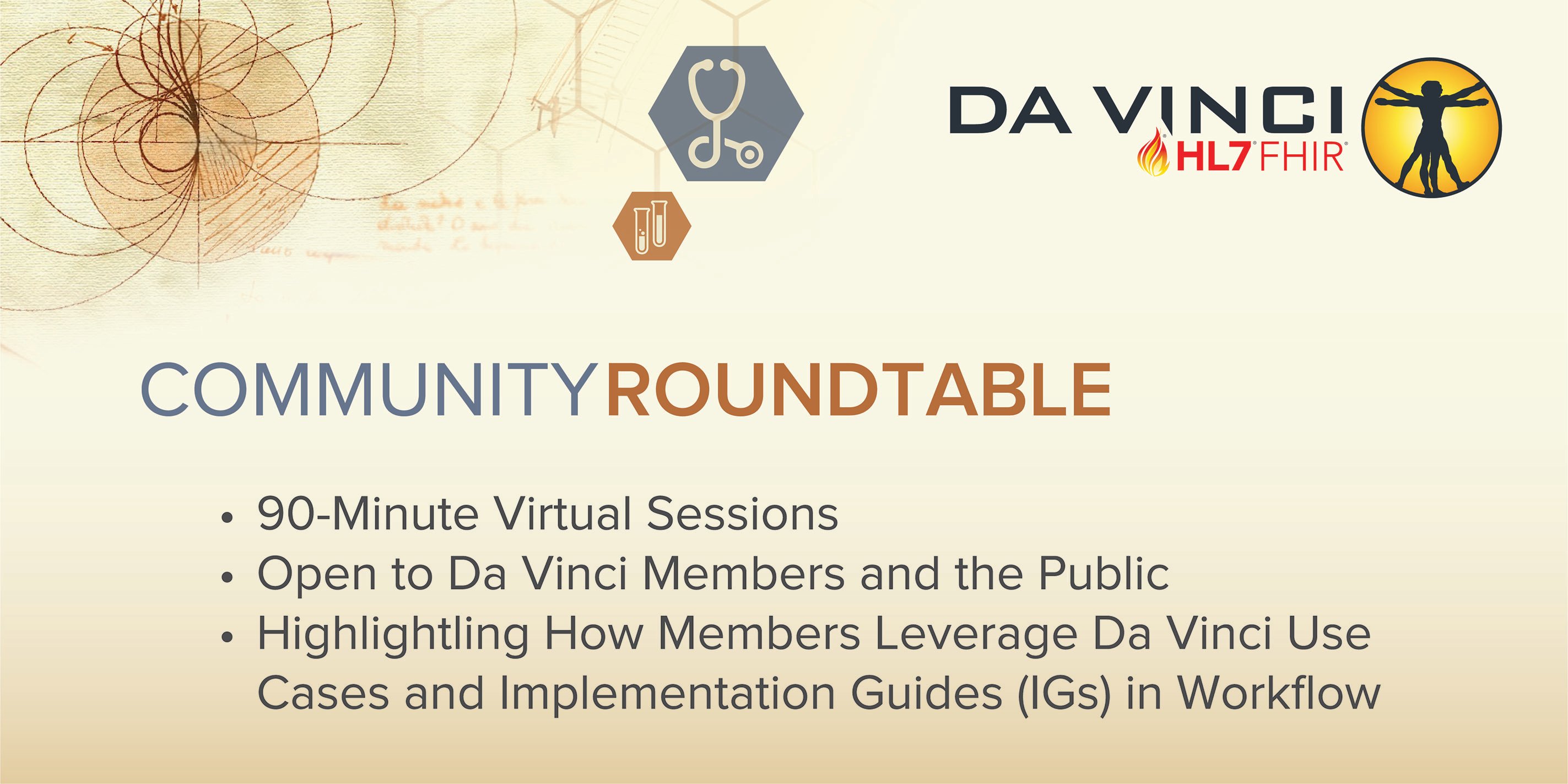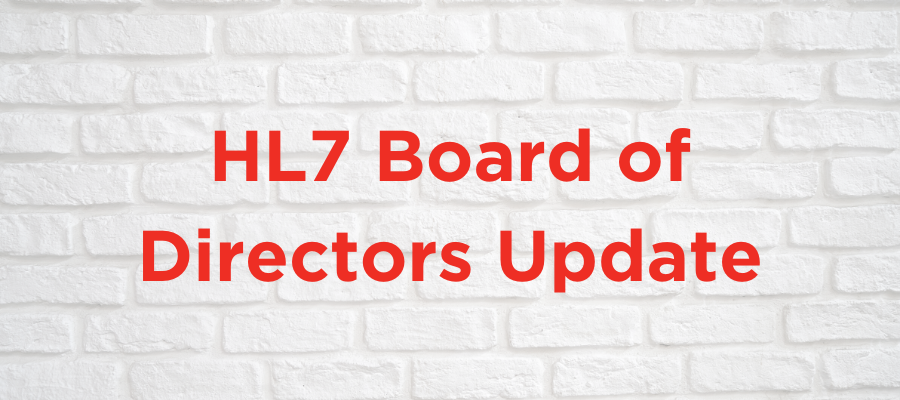Learn about HL7's Fonteva Implementation
Status Update for October 18 | Association Management System Replacement
[fa icon="calendar'] Oct 19, 2022 8:31:36 AM / by Health Level Seven posted in HL7, HL7 community, health IT, website, announcements
In Appreciation | World Standards Week
[fa icon="calendar'] Oct 10, 2022 1:07:17 PM / by Health Level Seven posted in HL7, HL7 community, health IT, annoucements, world standards week
Status Update | Association Management System Replacement
[fa icon="calendar'] Oct 5, 2022 11:00:16 AM / by Health Level Seven posted in HL7, HL7 community, health IT, website, announcements, annoucements
Learn about HL7's Fonteva Implementation
Dear HL7 Members and Community,
As announced last month, we are transitioning to a new Association Management System (AMS), Fonteva, enabling us to better serve the HL7 community.
As progress continues, we want to share details with you on what to expect in the coming weeks.
What to Expect During the Transition
On October 10, 2022: All updates and changes to the current system will be frozen in order to extract the data load for the new system.- More details will be shared on how to submit updates/change requests during the freeze
- Membership: applications, renewals and reactivations
- Please contact MemberInfo@HL7.org to renew/reactivate memberships prior to October 10
- Member updates: demographics and profiles (i.e. email and address changes, etc.)
- Organization accounts: changes including key member and/or voting members
- HL7 website accounts: creation of new accounts
- Note that other types of HL7 service accounts such as Atlassian can still be created
- Purchase of OIDS
- Please contact MemberInfo@HL7.org prior to October 10 to purchase or wait until October 31
- Registration: events and education offerings
- Alternative registration steps will be announced
- Questions can be directed to Sadhana Alangar, PhD, Director of Education
HL7 Announces New Board, International Council and TSC Members
[fa icon="calendar'] Sep 30, 2022 9:49:11 AM / by Health Level Seven posted in HL7, HL7 community, health IT, annoucements, elections
HL7® International, the global authority on interoperability of health information technology with members in 55 countries, announced election results for its board of directors, international council and technical steering committee during its annual business meeting at the virtual 36th Annual Plenary and Working Group Meeting last week in Baltimore.
Chair-Elect
- Julia Skapik, M.D. M.P.H, chief medical information officer, National Association of Community Health Centers (NACHC), was selected by the membership to serve as the chair-elect in 2023 and as the board chair, 2024-2025.
Sync for Social Needs
[fa icon="calendar'] Sep 28, 2022 11:06:00 AM / by Charles Jaffe, MD, PhD posted in FHIR, health IT policy, interoperability, CMS, ONC
Background
The Biden-Harris Administration will host the White House Conference on Hunger, Nutrition, and Health on September 28, 2022. In addition to announcing a national strategy to address the intersections between food, hunger, nutrition and health, the Administration has issued a call for stakeholder commitments along five pillars, including the “integration of nutrition and health.”
We seek to better integrate nutrition information within a patient’s electronic health record (EHR) by accelerating a standards-based approach to implementing universal social needs screening. With the final CMS IPPS rule requiring hospitals to report on social determinants of health (SDOH) screening quality measures in 2024, along with similar requirements of MA SNPs and ACO REACH model participants in 2023, we believe a multi-stakeholder effort, which should also include Medicaid agencies and managed care plans, to advance an HL7 Fast Health Interoperability Resources (“FHIR”)-based approach to meet these “functional” requirements will significantly enhance the ability of providers to meet these CMS requirements.
Dive Into Performance Reporting for Value-Based Contracts at Da Vinci’s September Community Roundtable
[fa icon="calendar'] Sep 19, 2022 2:15:00 PM / by Leslie Amorós posted in FHIR, interoperability, Da Vinci, value based care, FHIR Accelerator
The Da Vinci Project’s September Community Roundtable to be held September 28 from 4:00 – 5:30 p.m. ET
As fee for service shifts to value-based care, value-based contracts have emerged as a mechanism that providers and payers may use to better align their contracting structures with broader changes in the healthcare system.
"Dive Into Performance Reporting for Value-Based Contracts,” this month’s Da Vinci Community Roundtable presentation by representatives from Humana, Providence and the Da Vinci PMO, provides you with front-row access to HL7 Da Vinci Project’s newest use case that aims to develop an HL7 FHIR Implementation Guide to support value-based performance reporting for quality and risk contracts.
We're Replacing Our Association Management System This Fall
[fa icon="calendar'] Sep 16, 2022 10:04:08 AM / by Health Level Seven posted in HL7, HL7 community, health IT, website, announcements, annoucements
Learn about HL7's Fonteva Implementation
Dear HL7 Members and Community:
We are pleased to share that next month we will begin the transition to a new Association Management System (AMS), Fonteva, enabling us to better serve the HL7 community.
Fonteva Quick Facts
- Replaces the current AMS (GoMembers)
- Built on Salesforce, offering a more versatile platform
- Will not replace the current HL7.org website
- Some sections related to membership and registrations will have a new look and feel
HL7's FHIR Accelerator CodeX Launces Pilot to Simplify Prior Authorization in Oncology
[fa icon="calendar'] Sep 6, 2022 12:45:39 PM / by CodeX FHIR Accelerator posted in FHIR, HL7, health IT, prior authorization, FHIR Accelerator, FHIR Community, CodeX, oncology
.png?width=280&name=CodeX-logo-simple%20(003).png)

July Connectathon Brings Implementers Together; Plan Now for September Connectathon
[fa icon="calendar'] Aug 22, 2022 3:00:13 PM / by HL7 posted in HL7, health IT policy, interoperability, SMART on FHIR, health IT, CMS, Da Vinci, FHIR Accelerator, FHIR Connectathon, FHIR Implementation Guides, FHIR API
HL7 International Appoints Two New Members to the Board of Directors
[fa icon="calendar'] Aug 19, 2022 11:45:00 AM / by HL7 posted in HL7, HL7 community, HL7 members, HL7 Leadership
HL7® International, the global authority on interoperability of health information technology with members in 55 countries, today announced the appointment of two new members to the HL7 board of directors to serve a two-year term: Aashima Gupta, director, global healthcare solutions, Google Cloud; Judy Wawira Gichoya, M.D., M.S., assistant professor, radiology and imaging sciences, Emory University School of Medicine.
“These leaders represent a critical cross section of global stakeholders who are committed to advancing health through information technology. We are delighted to welcome them to the HL7 board of directors,” said Charles Jaffe, M.D., Ph.D., CEO of HL7. “Their strategic expertise and diverse experience will contribute greatly to HL7’s goal of improving the quality of care and reducing costs by overcoming the barriers to interoperability.”







.png)
